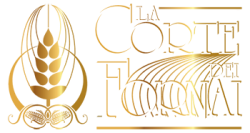An effective agenda for a board meeting sets the tone and ensures the meeting meets its objectives. It provides a logical flow of topics and provides space for discussing new ideas. Sticking to the agenda items will reduce off-topic discussions and ensure that all subjects are given sufficient time. The order of agenda items reveals the importance each topic plays for the success of the organization.
Begin the board meeting by discussing the most mentally challenging items first. This strategy energizes your board and keeps them sharp in their minds, and makes you feel more prepared to tackle difficult topics.
In this segment department and committee leaders will present important information and updates. Typically the executive director will present the first report. This is followed by any relevant committee reports. Sharing these reports gives the board boardchatroom.com/how-to-build-a-strong-board-of-directors a comprehensive view of the health of the company and helps them align their decisions with their strategic goals.
Board members bring fresh perspectives to discussions. These insights can result in missed opportunities or suboptimal decisions if they are not explored. By including this open floor discussion on the agenda promotes participation and offers a range of perspectives that help to create the creation of well-rounded results.
Consider allocating a certain amount of time for each agenda item, depending on the size of your board. This will reduce the duration of discussions and help you determine whether it’s necessary to transfer an item to another committee. This is especially helpful for urgent issues that require the quick resolution.
